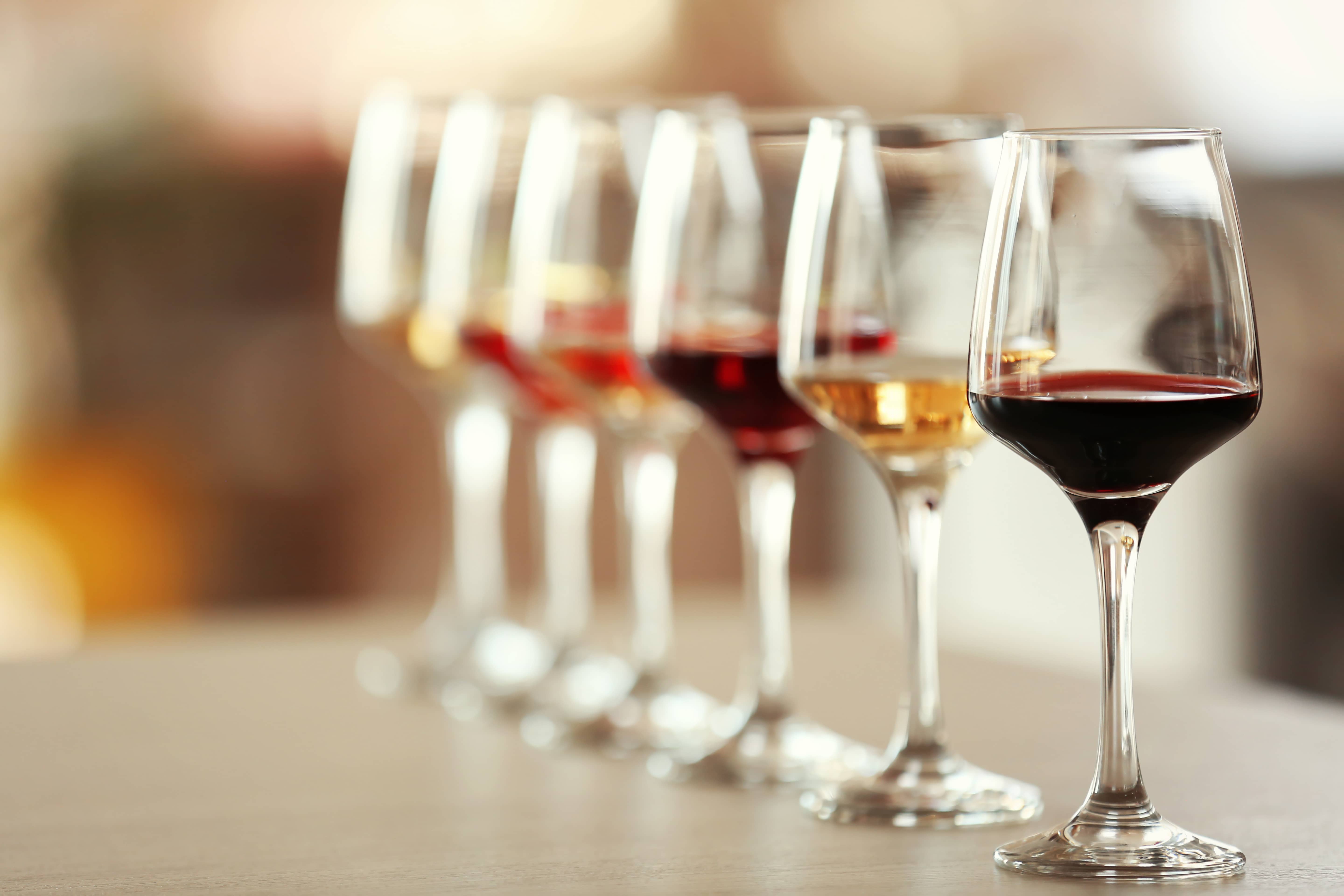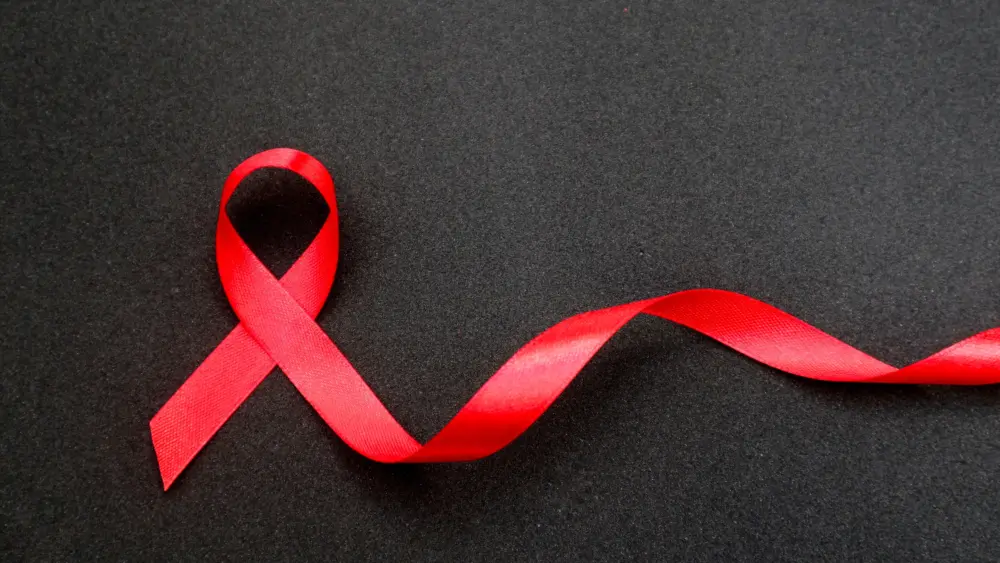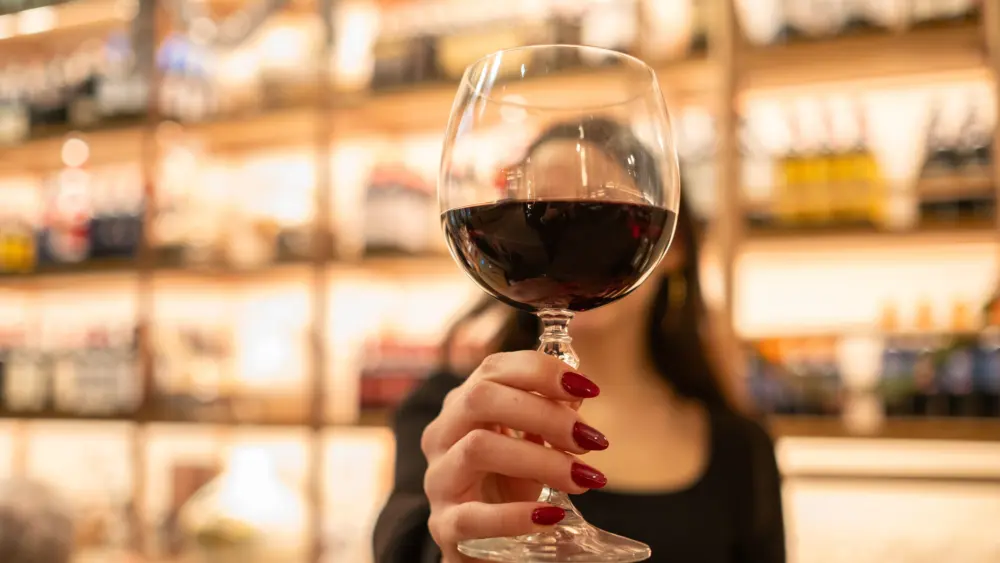
The power of using false health claims to sell everything from cocaine mixed with wine to
cigarettes and cereal is nothing new. And for the last few decades the temptation to link the
consumption of wine with positive health outcomes has been too tempting for many in the
industry to resist. The idea was to convince the public that drinking a glass or two of wine a day
was not only pleasurable but was also a kind of magic health elixir that might reduce the risk of
everything from cancer to heart disease, as well as improve cognition.
“Let food be thy medicine and medicine be thy food,” Hippocrates said some 2,500 years ago,
and marketers have been taking his advice ever since. In 1897, C.W. Post called Grape-Nuts
“food for brain and nerve centers.” By the early 1900s Kellogg claimed that eating cornflakes in
the morning reduced immoral sexual urges. In the 1920s and ’30s cigarettes were marketed as
“doctor-recommended” and handed out as free samples by medical professionals. Today nearly
all foods and beverages make some sort of health claim, and nearly all of them are false.
Torches of Freedom
In the late 19th and early 20th centuries tobacco companies made a number of health claims to
promote their products. These included helping with digestion, weight loss, sore throats and
asthma, preventing or even curing tuberculosis, improving mental performance and relaxing the
nervous system. Smoking was also heralded as a way to gain equal rights for women.
In the early 20th century Edward Bernays, a public relations specialist, launched his “Torches of
Freedom” campaign with the goal of breaking down the social taboo against women smoking in
public. At that time smoking was seen as a male activity, and women who smoked in public were
often viewed as immoral or promiscuous. Linking smoking to women's liberation, Bernays
tapped into the growing feminist movement and created a new market for tobacco companies. In
1929 he hired a group of young women to march in the New York City Easter parade while
smoking cigarettes and carrying banners that read "torches of freedom.” It worked. Whereas only about 5% of women in the United States smoked in 1929, by the mid-1960s that had grown to more than 40%.
Vin Marian
For thousands of years the indigenous people of the Andean region of South America—where
the coca plant is native—had chewed the plants’ leaves or brewed them into tea to provide
energy, combat altitude sickness and relieve hunger and fatigue. In 1855 a German chemist
named Friedrich Gaedcke first extracted the active ingredient from the coca plant and called it
cocaine.
By 1863 Angelo Mariani—an Italian-French chemist and businessman—had developed a new
beverage that mixed the powerful new stimulant with wine. He called it “Vin Marian,” and the
tonic became an overnight success. Widely promoted for its supposed health benefits—including
its ability to boost energy, improve digestion and relieve nearly all known ailments—the powerful elixir was eagerly adopted by notable figures such as Pope Leo XIII, Thomas Edison,
Queen Victoria, Arthur Conan Doyle and Jules Verne.
Noticing the success, an American, Dr. John Pemberton of Atlanta, created his own version of
Vin Marian, which he called Pemberton's French Wine Coca. Like Mariani before him,
Pemberton touted his new drink as a magic cure for everything from headaches and neuralgia to
melancholy and hysteria. However, by the late 1880s—driven by a growing anti-alcohol
movement spreading across the country—the wine was removed as an ingredient and replaced
instead with a heaping amount of sugar. Pemberton also changed the name to “Coca-Cola: The
temperance drink.”
By the early part of the 20th century it was becoming clear that cocaine was not the magic cure
that its proponents had claimed, and by 1914 the United States had passed the Harrison Narcotics
Tax Act, which required individuals and companies dealing in cocaine and opiates to register
with the government and pay a tax on their sales and distribution. Reading the writing on the
wall, Pemberton replaced the cocaine in his drink with caffeine; however, the health claims
continued for decades.
The problem with health claims
As a scientist turned vintner turned columnist, I am skeptical of anyone telling me that something
is “healthy.” The problem with such claims is that it is impossible to be 100% certain of any such
statement, and an error could result in harm. Therefore, the wine industry must drop all health
claims and embrace the reality that wine (and every other type of alcohol) is an adult beverage
that is an addictive intoxicant. It has brought pleasure to millions but ruin to others.
Author
-

Tim Carl lives, writes and teaches in Calistoga. He grew up in St. Helena and traces his Calistoga grape-growing roots back five generations. You can reach him at tcarl@northbaybiz.com.
View all posts




425 thoughts on “Wine Industry Must Avoid Untrue Health Claims”
There is clearly a lot to identify about this. I assume you made various nice points in features also.
I really like your writing style, good information, appreciate it for putting up :D. "Faith is a continuation of reason." by William Adams.
It’s really a great and helpful piece of information. I am happy that you simply shared this useful information with us. Please stay us informed like this. Thank you for sharing.
It’s actually a nice and useful piece of info. I am glad that you shared this helpful info with us. Please keep us informed like this. Thanks for sharing.
I like this post, enjoyed this one regards for posting. "The world is round and the place which may seem like the end may also be only the beginning." by George Baker.
Absolutely indited written content, Really enjoyed studying.
I like this post, enjoyed this one thank you for putting up. "I never let schooling interfere with my education." by Mark Twain.
There is noticeably a bundle to identify about this. I feel you made certain nice points in features also.
I conceive you have remarked some very interesting details , appreciate it for the post.
Your style is so unique compared to many other people. Thank you for publishing when you have the opportunity,Guess I will just make this bookmarked.2
Fantastic post but I was wondering if you could write a litte more on this topic? I’d be very thankful if you could elaborate a little bit further. Thanks!
It is in point of fact a nice and helpful piece of info. I am glad that you just shared this useful info with us. Please stay us up to date like this. Thanks for sharing.
Woh I enjoy your content, saved to bookmarks! .
You actually make it seem really easy with your presentation but I in finding this topic to be really something which I feel I’d by no means understand. It seems too complicated and very broad for me. I’m having a look ahead for your next submit, I’ll try to get the dangle of it!
Wohh precisely what I was looking for, thankyou for posting.
Can I simply say what a reduction to seek out someone who really knows what theyre talking about on the internet. You positively know easy methods to carry a problem to light and make it important. More people need to learn this and perceive this aspect of the story. I cant consider youre no more fashionable because you definitely have the gift.
Enjoyed reading through this, very good stuff, appreciate it. "Management is nothing more than motivating other people." by Lee Iacocca.
Some really good information, Gladiolus I observed this. "True success is overcoming the fear of being unsuccessful." by Paul Sweeney.
Some genuinely good info , Gladiola I found this. "Carthago delenda est. (Carthage must be destroyed.)" by Marcius Porcius Cato.
I really like your writing style, fantastic info , thankyou for putting up : D.
Well I really enjoyed studying it. This tip procured by you is very constructive for correct planning.
Undeniably believe that which you said. Your favorite justification seemed to be on the internet the simplest thing to be aware of. I say to you, I certainly get irked while people consider worries that they just don’t know about. You managed to hit the nail upon the top and defined out the whole thing without having side effect , people could take a signal. Will likely be back to get more. Thanks
Undeniably imagine that that you stated. Your favorite justification appeared to be on the web the simplest thing to understand of. I say to you, I definitely get annoyed while other folks think about concerns that they plainly do not recognise about. You managed to hit the nail upon the top and also outlined out the whole thing with no need side effect , other people can take a signal. Will likely be back to get more. Thanks
Hi there just wanted to give you a quick heads up. The words in your content seem to be running off the screen in Chrome. I’m not sure if this is a format issue or something to do with browser compatibility but I thought I’d post to let you know. The design and style look great though! Hope you get the issue resolved soon. Thanks
You are a very clever individual!
Thanks for the sensible critique. Me and my neighbor were just preparing to do some research about this. We got a grab a book from our area library but I think I learned more from this post. I am very glad to see such wonderful information being shared freely out there.
You are my breathing in, I possess few web logs and infrequently run out from to post : (.
I like this post, enjoyed this one regards for putting up. "We are punished by our sins, not for them." by Elbert Hubbard.
I cherished up to you will obtain performed proper here. The cartoon is tasteful, your authored material stylish. nevertheless, you command get got an nervousness over that you wish be turning in the following. unwell certainly come more formerly once more since precisely the same nearly a lot incessantly inside of case you defend this increase.
Hello, you used to write wonderful, but the last few posts have been kinda boring… I miss your super writings. Past few posts are just a little bit out of track! come on!
I?¦m not certain the place you’re getting your info, but good topic. I needs to spend some time studying much more or understanding more. Thank you for wonderful information I was in search of this info for my mission.
I am continuously invstigating online for ideas that can assist me. Thank you!
It’s in point of fact a great and helpful piece of information. I’m glad that you just shared this useful information with us. Please stay us informed like this. Thanks for sharing.
Very interesting info !Perfect just what I was looking for! "Time is money." by Benjamin Franklin.
I will right away seize your rss feed as I can’t find your email subscription hyperlink or e-newsletter service. Do you’ve any? Please permit me understand so that I may subscribe. Thanks.
Some really interesting points you have written.Aided me a lot, just what I was looking for : D.
Only a smiling visitant here to share the love (:, btw great design and style. "Better by far you should forget and smile than that you should remember and be sad." by Christina Georgina Rossetti.
I respect your work, thankyou for all the interesting posts.
Great info and straight to the point. I am not sure if this is actually the best place to ask but do you folks have any ideea where to get some professional writers? Thank you 🙂
Some genuinely interesting info , well written and broadly user genial.
It?¦s actually a cool and useful piece of information. I am happy that you shared this helpful information with us. Please keep us informed like this. Thank you for sharing.
Thank you for the auspicious writeup. It in fact was a amusement account it. Look advanced to far added agreeable from you! By the way, how can we communicate?
Your style is so unique compared to many other people. Thank you for publishing when you have the opportunity,Guess I will just make this bookmarked.2
Hello. magnificent job. I did not imagine this. This is a great story. Thanks!
It¦s really a cool and useful piece of info. I am glad that you shared this helpful info with us. Please stay us up to date like this. Thanks for sharing.
I am constantly looking online for ideas that can assist me. Thank you!
You can certainly see your skills in the work you write. The world hopes for more passionate writers like you who aren’t afraid to say how they believe. Always follow your heart.
It?s arduous to seek out educated people on this topic, however you sound like you realize what you?re speaking about! Thanks
Im not positive where you’re getting your info, however great topic. I must spend a while finding out much more or working out more. Thank you for magnificent info I used to be in search of this information for my mission.
Very efficiently written post. It will be supportive to anybody who utilizes it, including myself. Keep doing what you are doing – i will definitely read more posts.